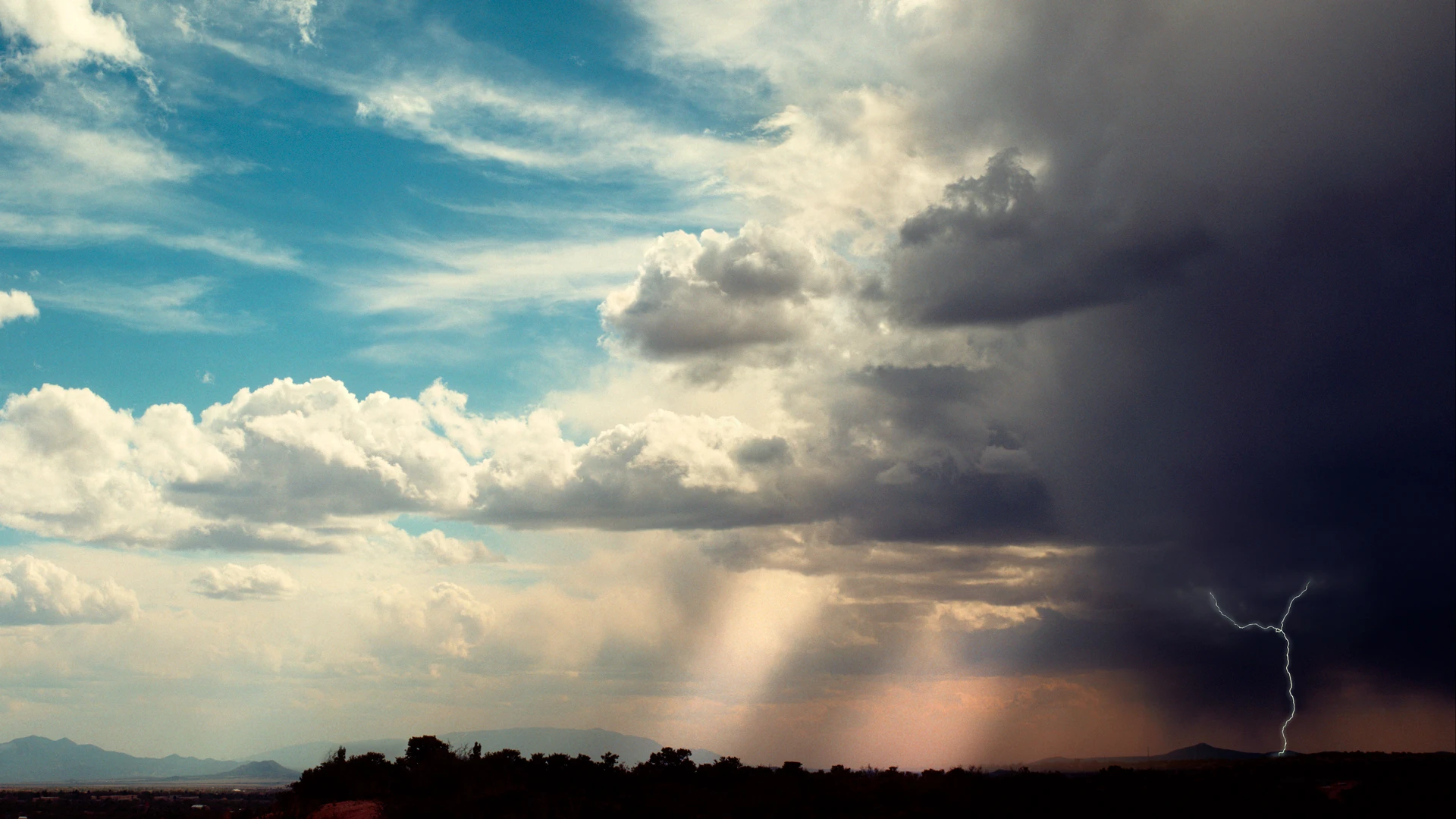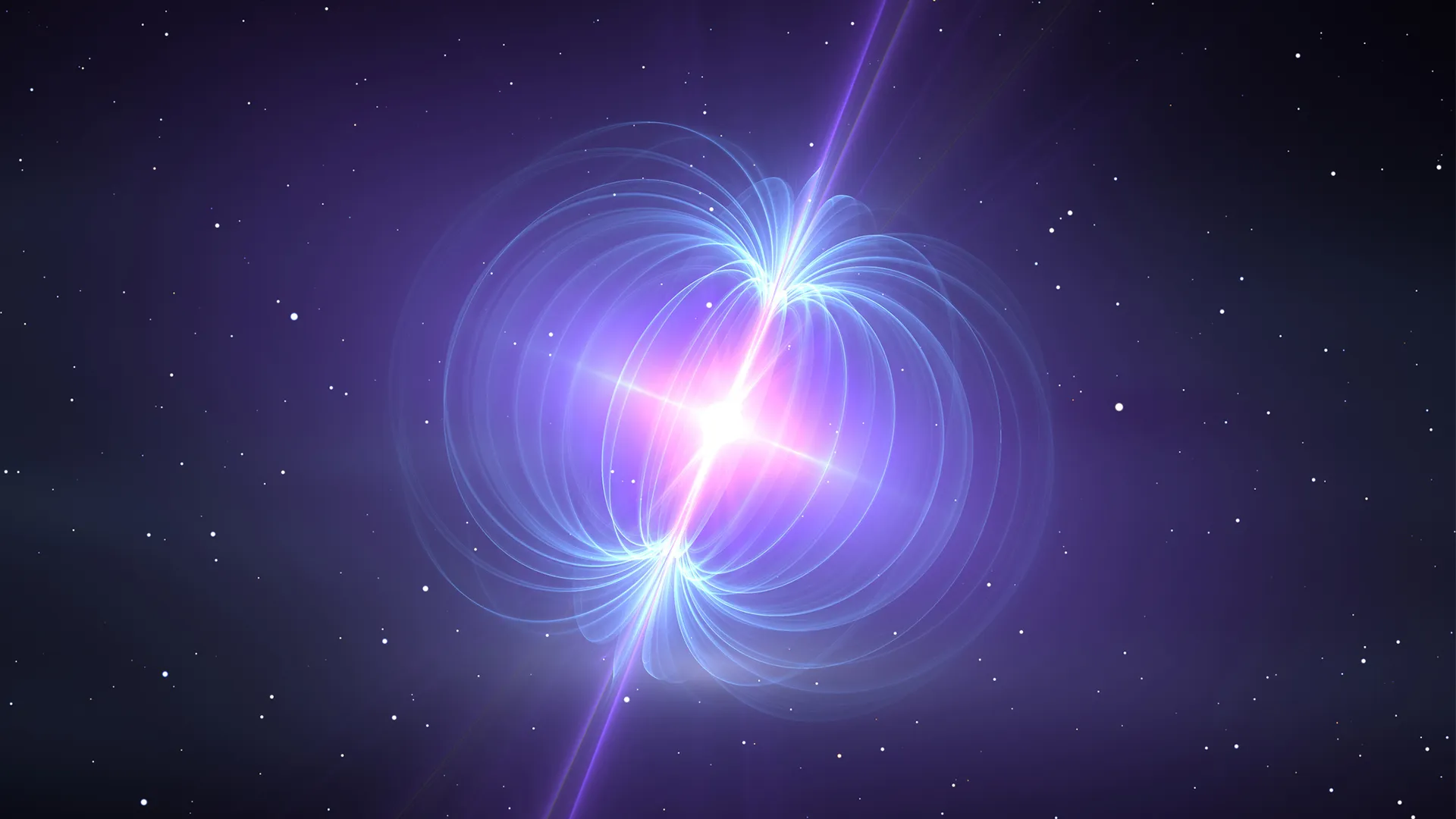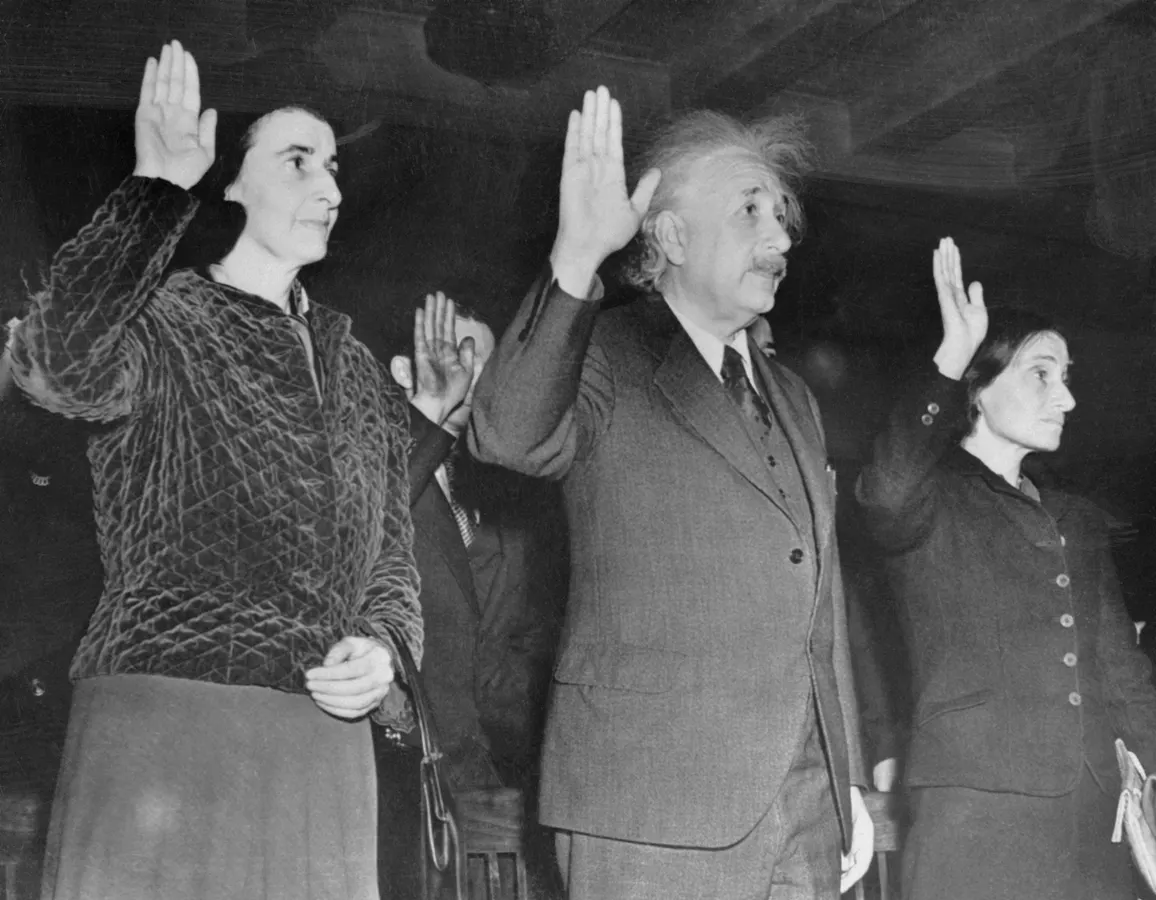
The weather just isn’t what it used to be. Due to climate change, all across the planet, people are experiencing more heat waves, shrinking or growing seasons, worsening floods and storms, drought, and more. This has major implications on human health, infrastructure, policy, and the economy.
At the same time, our ability to predict weather patterns is still stuck in two categories: short-term weather forecasts for the next week or so and long-term climate forecasts that predict what the world may look like decades down the line. Short-term weather forecasts can really only extend two weeks into the future, and start trailing off in terms of reliability three to four days in, says Hansi Singh, CEO and co-founder of Planette.ai. But if you want to plan for, say, a trip out of the country or how to plant crops for the next few months, your options are much more limited.
“What you expected to happen at a certain time of year is no longer happening,” says Singh. “If climate change is affecting us through the weather, then what we need to do is provide awesome weather information to people early enough so that they have the time and ability to plan.”
Planette.ai is a startup specializing in long-range weather intelligence that helps bridge the gap between knowing what’s happening that week and what’s happening years from now. Today, the small-but-mighty team is launching Joro, a high-resolution weather forecasting platform for financial institutions, insurance providers, and data-driven professionals. Earlier this summer, they were selected by NASA to develop QubitCast, a quantum-inspired, AI-powered forecasting system focused on improving long-range and weather predictions on the seasonal and sub-seasonal level.
Featured Video
An Inc.com Featured Presentation
In April, the team of seven based out of Seattle and San Francisco, which has raised a total of nearly $3 million from angel investors, grants, and VC funding, released their first publicly-available product, Eddy. Anyone can now plug in their location to see forecasts up to four months in advance, whereas enterprise users can see the same data up to six months in advance. Their other available model, Umi, was released in 2024 and is an ENSO (El Niño-Southern Oscillation) forecaster that predicts fluctuations 18 months ahead.
Co-founders, unite
The story of Planette is really the story of two scientists: co-founders Singh and Kalai Ramea. Singh was a professor of earth and ocean sciences at the University of Victoria, and Ramea was a technical director at the Palo Alto Research Center (PARC) when, in 2021, a mutual friend brought them together.
The pair used their combined AI and atmospheric science chops to build a climate model for DARPA predicting the impacts of climate interventions—namely marine cloud brightening. Marine cloud brightening is a process where clouds are injected with salt spray to make them more reflective, sending warming solar rays away instead of allowing them to heat up the water below. What they uncovered is that a cloud brightened on one side of the planet can have impacts—and not always nice ones—a world away. “I start cooling over the Great Barrier Reef, I can actually decrease the rain over the Amazon,” Singh says. “These things are connected to each other.”
This project got their brains turning. Beyond the military uses, shouldn’t people, communities, and businesses also be aware of how weather patterns can be changed by seemingly small changes in the climate? From this, Planette was born in 2022 with a goal to fill in the gaps between a typical weather prediction and the far-off, and oftentimes frightening, mid-century climate predictions available.
“It was at that point that we were like, oh, people are really tired about hearing about mid-century projections about how they’re going to be on fire or underwater,” Singh adds. “What they really want to hear is how climate change is affecting them right now and how they can prepare for it.”
Helping industries prepare
Traditional weather forecasting works by looking at the atmosphere and seeing what’s happening upstream, says Aaron J. Hill, a professor of meteorology at the University of Oklahoma. From his office in Norman, making a prediction for tomorrow requires looking at what’s going on in the atmosphere over the Rocky Mountains. For two weeks from now, it requires looking at weather systems over Asia that will soon traverse the Pacific. “What’s also at play for a two-, three-week forecast, or multi-month forecast, is the climate,” he says. For longer timescales, forecasts must anticipate how climate drivers like the El Niño-Southern Oscillation and the Madden Julian oscillation come into play, which can be harder to understand and observe.
Here’s where he says AI can be incredibly helpful: humans might not be able to generate loads and loads of potential ways climate systems can play out, but AI algorithms can, and in many cases at a super-fast pace. “We can make hundreds or thousands of different forecasts at some range of time and build up a good estimation of uncertainty to give us probabilities and estimates of the chances of an extreme happening,” Hill says.
Planette isn’t the only company taking a high-tech look at weather forecasting. Atmo utilizes deep learning to make a weather forecast that can zoom in to smaller scales than normal forecasts, and Notus.ai uses generative AI to predict weather impacts as well as the weather itself.
For Planette, their system uses models beyond just the atmosphere, including Earth system models of the ocean, land, land ice, and sea ice, to inform their predictions. “Some of our AI methods really exploit the fact that this system is composed of these different elements, and how these different elements kind of talk to each other and covary with each other,” says Singh.
The data across these different systems creates a foundational knowledge of weather patterns using an immense amount of data. The model they use is basically a physics-based model on a super huge scale—think 2 million lines of code versus a few thousand, says Singh. To run these models traditionally it would take weeks or months, but AI can do this much quicker and find patterns by compressing and extracting knowledge, adds Ramea.
“We wanted to exploit some of the quantum-inspired algorithms,” she says. “Because it’s like looking for a needle in a haystack.”
Right now, Planette’s customer base is largely in finance. “We know that climate change and changing weather affects finance. It affects investments. It affects trading. It affects our pension funds, our 401Ks, everything that we depend on,” says Singh. “For any industry that’s environmentally vulnerable, this information is critical for them.”
But Singh sees weather forecasting as a solution that can help any industry prepare for a more unpredictable planet—one that we’re experiencing already. With current policy promises, the clean energy transition isn’t happening fast enough—the planet is still on track to hit 2.7 degrees C of warming by the end of the century, which will have devastating impacts on life on Earth across the board.
The changing climate has impacts for transportation, retail, public health, energy and beyond, meaning anyone and everyone can benefit from building resilience to the climate future to come. People around the globe, not just the U.S. or Europe where forecasting tools are often focused, can benefit from better forecasting. The team has already done work with farmers in Ethiopia and health workers in South Africa to determine how the changing climate is affecting the rainy season, which has huge implications for agriculture and public health conundrums like malaria.
“In our interconnected planet, this is the kind of data that is necessary in so many different ways,” says Singh. “We are just really excited to be here to be this horizontal solution that brings it to so many different areas and helps build resilience across all of them.”



